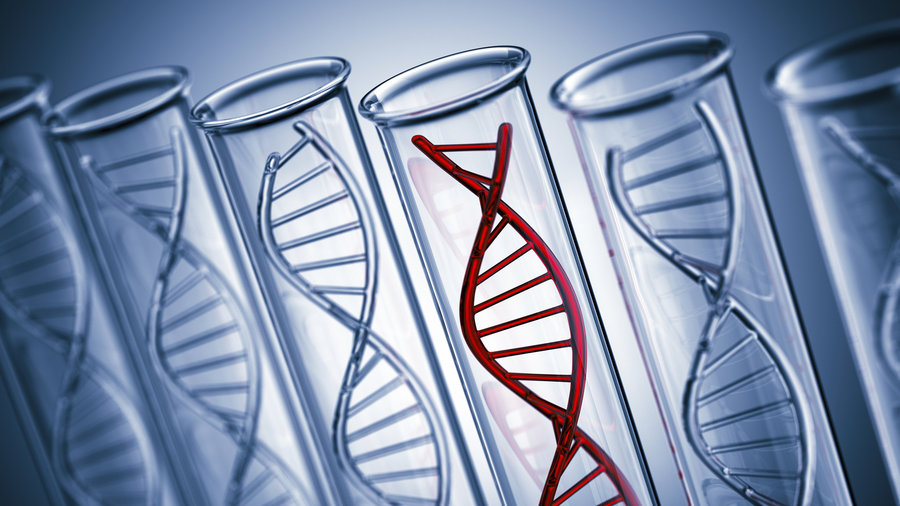“Cancer is the most common genetic disease, while all cancers are derived from abnormal DNA sequences.” Professor Michael Stratton, header of the Sanger Institute at the University of Cambridge, pointed out that although different cancers have different incentives and symptoms, but can all be explained by gene mutations. No matter the Human Genome Project (HGP), the Cancer Genome Project (TCGA), the 100,000-person Genome or the “Moon Shots” program of the MD Anderson Cancer Center, they all share one dream—to conquer cancer—and believe in one concept—where there is a will, there is a way.
Upon diagnosis, most cancer patients would start a routine treatment: first surgery, and then chemotherapy, radiotherapy and then targeted treatment and immunotherapy. In fact, cancer treatment is not necessarily to be in accordance with such a “road map”. In the view of the development of precision medicine, cancer treatment is gradually adjusting from the macro level of “disease” medication to a micro level of genetic medication, making it possible to treat the same diseases with different methods or treat different diseases with the same methods. Treating cancer from the genetic level can get a better view of the situations of different individuals and then come up with customized treatment programs, improving the effectiveness of tumor diagnosis and treatment. Moreover, it can be utilized to predict human groups with high risk, improving the effectiveness of tumor prevention. Anyway, personalized medicine has become a recognized trend in cancer therapy.
Gene sequencing is one of the cornerstones of precision medicine. Genetic testing determines the lock (disease) in patients, and then customize key (drug) to it, rather than using key to find the lock. Precision medicine makes objectives-oriented therapy for each cancer patients and avoids detours, which improves treatment level, reduces side effects and avoids the waste caused by inappropriate treatment programs. At present, genetic diagnosis and treatment have both made great breakthrough. Gene sequencing can achieve two goals: First, detect tumor susceptibility genes by utilizing DNA sequencing technology to confirm the cause of the patient’s disease or whether the examinee carries a tumor susceptibility gene; and then looking for tumor therapy target or other appropriate treatments for the patients. Second, detect the targets of tumor drugs. Detecting whether the patient carry drug targets before using molecular drugs, achieves individualized treatment of the tumor to improve drug efficiency, getting the best results with treatment cost reduced.
The predication of tumor occurrence is never an easy thing, but gene sequencing does point a new way for us. Joe Gray, a cancer researcher at Lawrence Berkeley National Laboratory at the University of California, says genetic detection is quite useful method, but it’s just the beginning. “At first, I thought that sequencing of hundreds of tumor tissue samples was enough to solve the problem, but when we tested more than 1,000 samples, we still had not found what we wanted.” he said. What he’s looking for were tumor-incentive mutations, and the discovery of such incentive mutation depends on large sample statistics. A recent study by JAMA Oncology has attracted widespread attention and has led to constant skepticism. Tony Blau research group in the University of Washington found that clinical test results on the same batch of nine cancer patients from the industry’s leading cancer detection company Foundation Medicine and the first liquid biopsy Guardant Health’s Guardant360 have only 22% consistent. In addition, the two companies’ cancer sequencing services also recommend patients with the best drug based on their test results, and there are still many differences between the different companies’ recommended drug regimens. This test result is clearly not what we expect.
In 2013, Hollywood actress Angelina Jolie announced that genetic testing found that she inherited from her mother the mutant cancer gene BRCA1, and the risk of breast cancer for her was as high as 87%. Her mother died because of ovarian cancer. In order to prevent breast cancer, Jolie conducted a preventive bilateral breast resection surgery, making the probability of breast cancer declined from 87% to 5%. Two years later, she removed the ovaries and fallopian tubes. Julie, because of her genetic testing and taking the initiative action to prevent disease, has undoubtedly become the spokesman for tumor genetic testing. But some scholars have questioned this recently. On December 14, 2016, researchers at Harvard Medical School said on the BMJ that the use of gene testing for predicting breast cancer risk increased significantly as a result of the Jolie’s effect. However, scientists say that by the influence of Angelina Jolie, the number of unnecessary bilateral mastectomy increases surprisingly. These patients hope to reduce the risk of cancer caused by gene mutations through bilateral mastectomy. Every year thousands of cancer patients receive prophylactic mastectomy (CPM) to prevent the spread of cancer cells. In this process, not only the lesion breast removed, but healthy breasts are also removed. However, there is no evidence that this measure can improve the survival rate. This also aroused our thinking about the correct attitude toward cancer gene testing.
In spite of this, it is still impossible to block gene detection as a necessary reference for the diagnosis and treatment for oncologists, which facilitates the accurate development of treatment programs and also helps to interpret health records that include genetic information in the future through a professional data platform. Can these problems be resolved in future? Can tumor gene detection make breakthrough? Let us continue to focus on tumor genetic testing.
